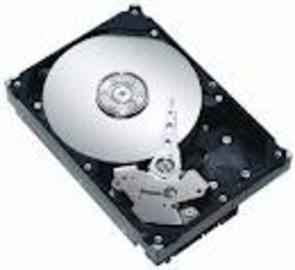Introduction

Hard disk drive is the secondary storage of the computer system. It is used in order to save the files and the documents that we want to retrieve later. The advantage of having a hard disk drive over CD disk or floppy disk is because of its capacity. A single hard disk drive can store up to 2 Terabytes of data based on the need of the users. But, most of the times, it has been seen that we face storage issues related to low disk space. In such cases, we can add another hard disk in order to enable more file saving features in the same computer system.
Step 1
1. Decide on the size of the additional hard disk: You first need to analyze the hard disk drive you already have, about the free space available. Now, you need to decide on the general usage that you do. For example, do you have the habit of storing big sized videos (approx. 500 MB) inside your hard drive? If yes, then how much space is left, and how much more you will require. Generally, 1 TB or 2 TB hard drives should be enough depending on the budget you have.
Step 2
2. Have a look at your motherboard manual: If you are using a desktop, then you can use both internal hard disk drive and external USB hard drives. But in case of laptop users, they are advised to use USB external hard drive, which is easy to install and use. Mostly, you will get both internal and external hard drives online for purchase. Depending on your budget, you can choose your brand. But try to stick with popular brands with warranty, in order to avoid issues in future.
Step 3
3. Once you have bought your hard disk drive you might need a disk management program in order to partition this disk. Most of the operating systems will provide inbuilt disk management software. But, in case you want to use a third party program, you can either use a program developed by an organization, or use the management software provided by your hard disk manufacturer. But, you should remember that more the number of partitions in your recently added hard drive better are the data safety.
Step 4
4. In order to insert your hard disk drive, you need to make sure about its connecting interface. See whether it is a SATA internal hard drive, or an IDE internal hard drive, or it is a USB external hard drive. Most of the motherboards support IDE connectivity. If your computer is old, you need to find out whether it supports SATA connectivity port or not. USB ports are there in most of the computer and laptop systems. So if it is an external drive, you need not worry too much.
Step 5
5. Scan your hard disk drive for errors before using it for the first time. You can use the inbuilt error checking facility provided by most of the operating systems.
Tips
Before purchasing any hard disk you must research well.
additional tips
Rates may vary, and so the quality. Always trust branded manufacturers.